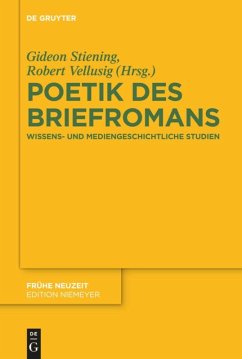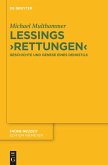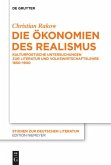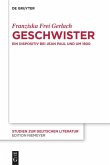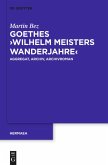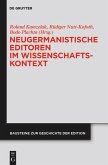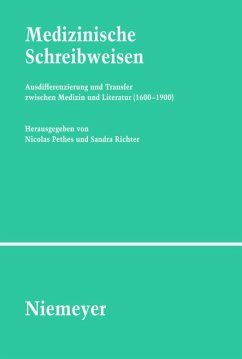The â??novel in lettersâ? is regarded as the epitome of sentimentality, yet its forms of expression are actually more nuanced than the typical verdict of literary historians would suggest. Based upon a consideration of the epistemological and media-historical contexts of the epistolary novel, this volume presents illustrative interpretations that reveal the multifaceted richness of this genre. The contours of the history of the epistolary novel are thus traced, allowing us to reassess the relationship between individual texts and the genre as a whole.
Der 'Roman in Briefen' gehört zu den erfolgreichsten literarischen Gattungen des 18. Jahrhunderts; er gilt als Inbegriff des 'europäischen Sentimentalismus'. Bei näherem Hinsehen aber erweist sich dieses Urteil als trügerisch, wird es doch weder der reichen Tradition des Briefromans vor Richardson noch seinen vielgestaltigen Ausprägungen im 18. Jahrhundert gerecht. Diese lassen sich einer empfindsamen Tradition ebenso wenig zurechnen wie bedeutende philosophische Reflexionsformen der Gattung um 1800. Selbst Goethes 'Werther', einer der Gründungstexte des modernen Bewusstseinsromans, ist in seiner poetischen Logik nur unzureichend erfasst, wenn man ihn als Ausdruck einer Epoche liest.
Der komparatistisch angelegte Band stellt den Facettenreichtum des europäischen Briefromans in exemplarischen Einzelinterpretationen vor und fragt nach den Gründen für seine erstaunliche Karriere, indem er wissens- und mediengeschichtliche Kontexte der Gattung in den Blick rückt. So werden Konturen einer Gattungsgeschichte sichtbar, die das Verhältnis von Einzeltext und Gattung neu bestimmt.
Der 'Roman in Briefen' gehört zu den erfolgreichsten literarischen Gattungen des 18. Jahrhunderts; er gilt als Inbegriff des 'europäischen Sentimentalismus'. Bei näherem Hinsehen aber erweist sich dieses Urteil als trügerisch, wird es doch weder der reichen Tradition des Briefromans vor Richardson noch seinen vielgestaltigen Ausprägungen im 18. Jahrhundert gerecht. Diese lassen sich einer empfindsamen Tradition ebenso wenig zurechnen wie bedeutende philosophische Reflexionsformen der Gattung um 1800. Selbst Goethes 'Werther', einer der Gründungstexte des modernen Bewusstseinsromans, ist in seiner poetischen Logik nur unzureichend erfasst, wenn man ihn als Ausdruck einer Epoche liest.
Der komparatistisch angelegte Band stellt den Facettenreichtum des europäischen Briefromans in exemplarischen Einzelinterpretationen vor und fragt nach den Gründen für seine erstaunliche Karriere, indem er wissens- und mediengeschichtliche Kontexte der Gattung in den Blick rückt. So werden Konturen einer Gattungsgeschichte sichtbar, die das Verhältnis von Einzeltext und Gattung neu bestimmt.

